The Story of World War Two: Navajo Code Talkers
This is the story of Navajo code talkers of World War Two and the interesting history that surrounds those events of the war.
Before this second major world war, there was a shift that impacted hundreds of Native Americans, and it was called the Dawes Act of 1887.
Native American Citizenship
This act determined the citizenship of many Native Americans, and a federal commission was given the responsibility as of the act on February 8, 1887, to make a roll of the Five Civilized Tribes who resided in Oklahoma territories.
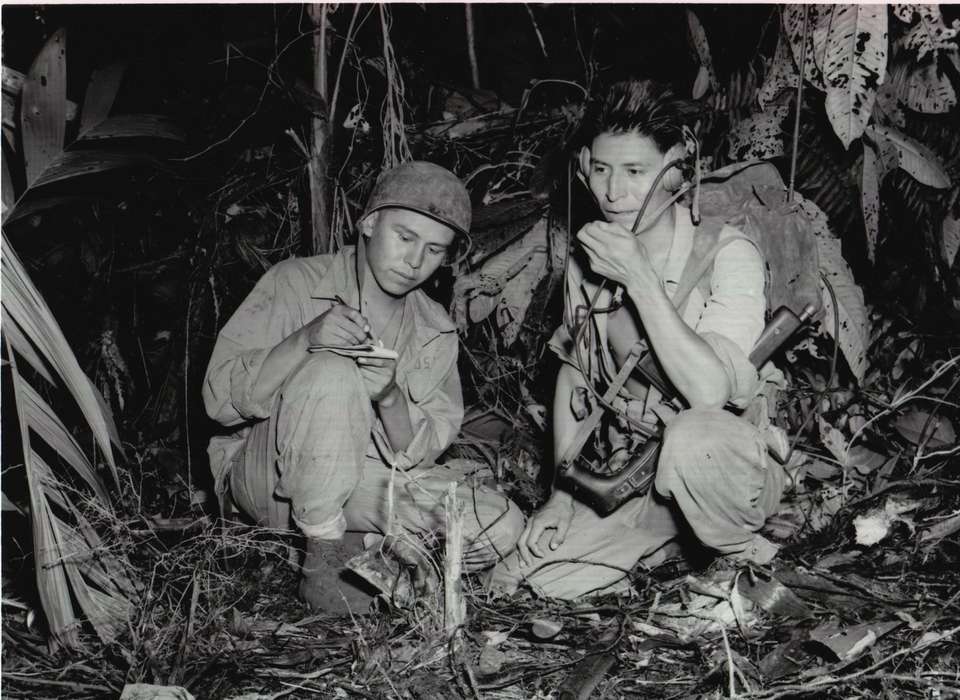
The tribes that were included are the Chickasaws, Choctaws, Creek, Cherokees, and Seminoles in North America.
The First and Second World Wars and The United States
According to historical archives of the United States of America, the USA started an entrance into World War One on the date of April 1917, but not all Native Americans were granted legal citizenship. Despite the United States not granting immediate citizenship to Native Americans, many Native Americans had enlisted in different branches of the US armed forces. The 36th Division represented around 26 tribes and there were almost 1000 individuals that made up this division in the armed forces.
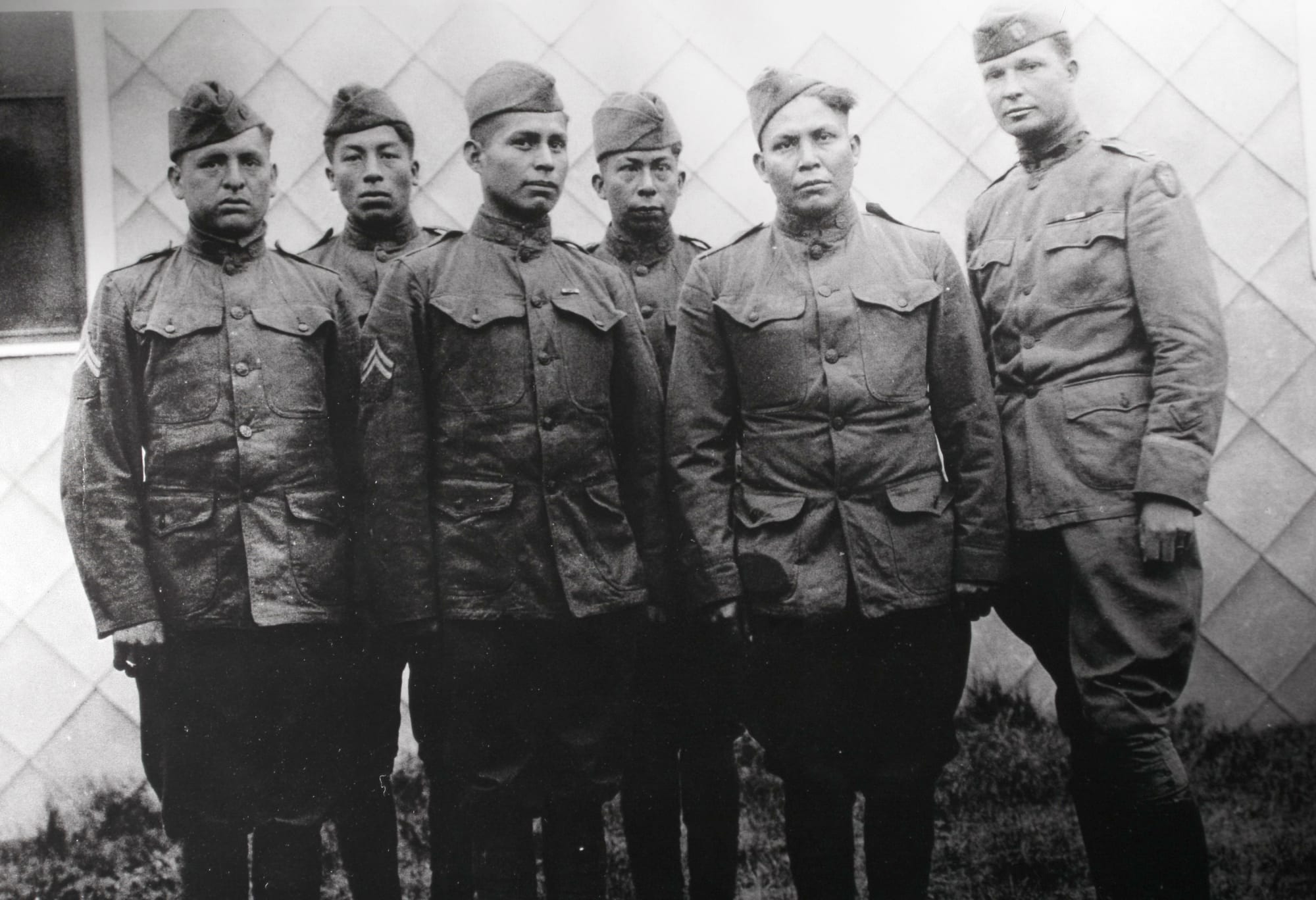
On the 1st of September 1939, the Second World War started, and this marked a change for many nations around the globe. The United States of America started to provide to its allies in September 1940. Also, the US entered the global war in December 1941. The president of the USA that was in office at that time (1939) was Franklin Delano Roosevelt.
The Emergence of A Special Code
The foundation that was created so the Navajo could use code in World War Two was developed in World War One by a Native American Nation, the Choctaws. This is interesting because, on a day that would be autumn in the USA, the Choctaws were used in the war for the first time on October 26, 1918.
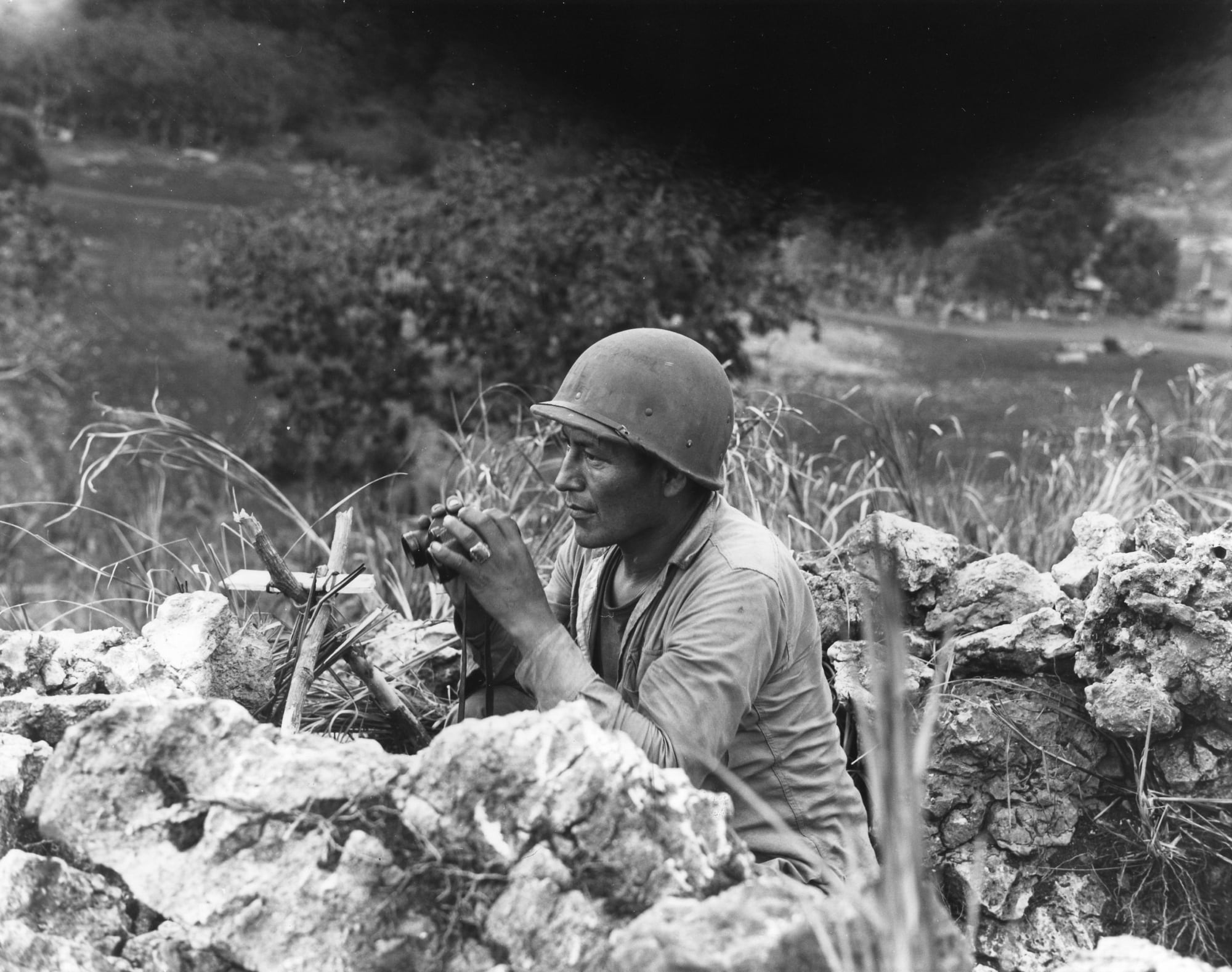
They completed a special mission during that time without any flaws and had a major role for a couple of days after an attack that fortified Forest Ferme, a German position. The enemy during this time frame was in total disbelief and was stunned because they could not decipher or read complex evidence found in the Choctaw’s messages. Based on historical archival evidence in the United States, this was stated by Colonel A.W Bloor’s later official military reporting.
Perfecting A Special Code Language
On one day, there were almost twenty Choctaws that finished a short military training session successfully. The Choctaw trainees did not have words that the USA military used for their artillery and guns.
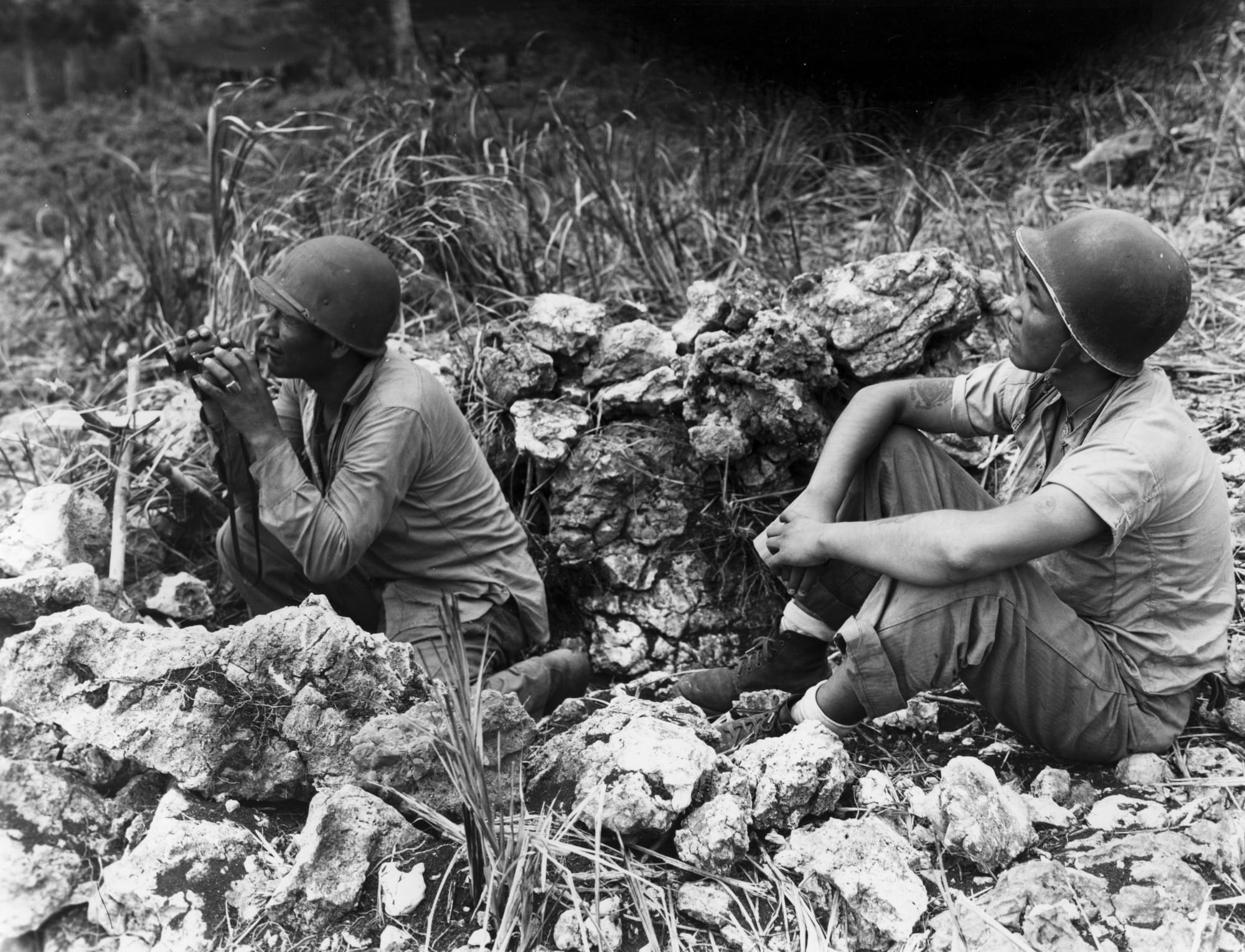
So, to break this massive language barrier, they made terms that were easier to remember and use.
A Necessity For Code Language
Some of the terms were similar to small gun shoots quickly for all of the machine guns, and the term stone or small rock was given to name the grenades. There were other names used for all of the military equipment they used.
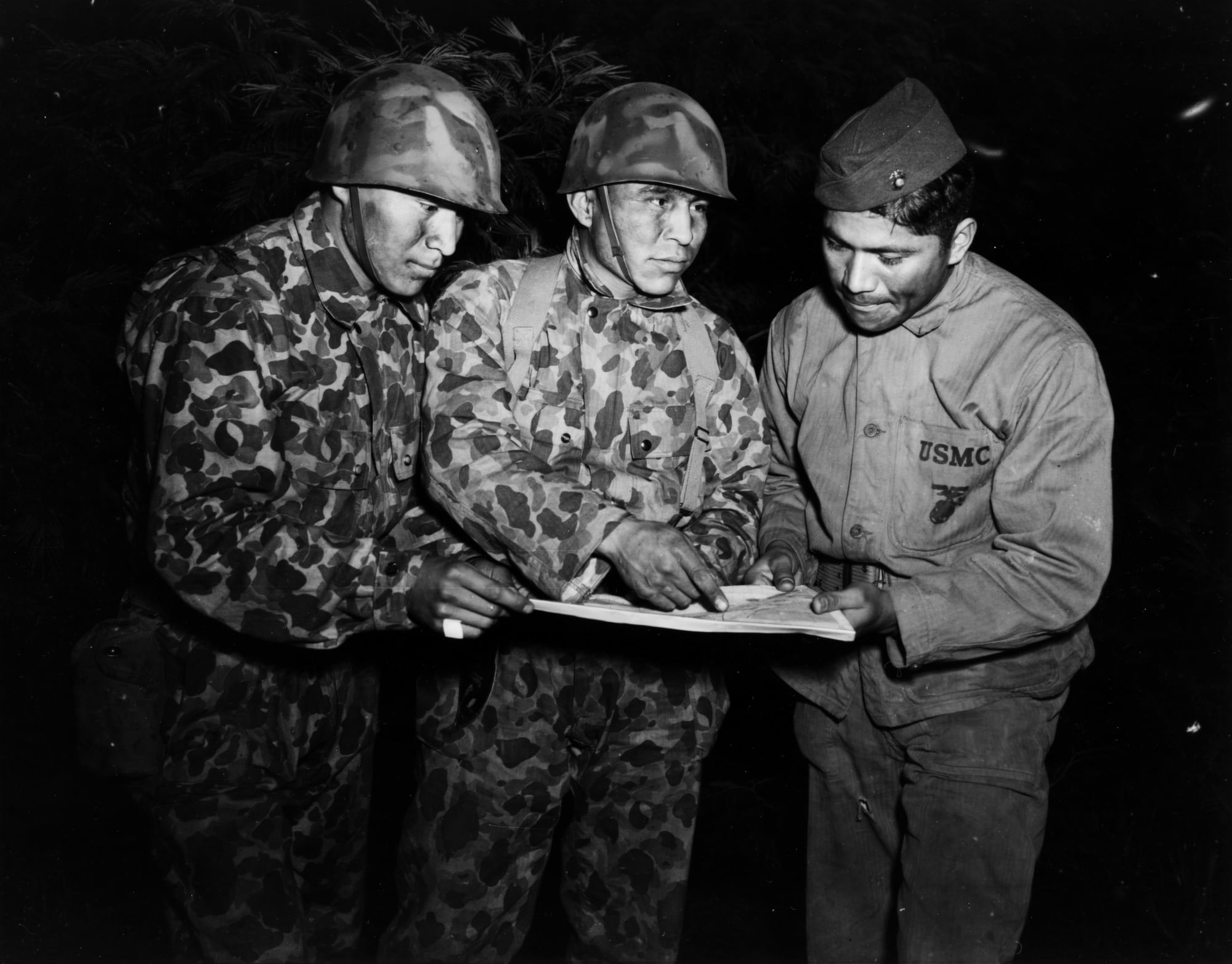
This was one of the historical events of using code to transmit and use coded communication by Native Americans deliberately for World War One. These events led to the use of coded transmissions in World War Two.
Using Something Different for The War
The use of something novel and effective that had a huge impact on World War Two was the use of code talkers. The government of the United States of America recruited and sought after several Native American nations, including members of the Navajo nation of people. There was a stronger need during World War Two for code talkers and Native Americans who could do this job effectively.
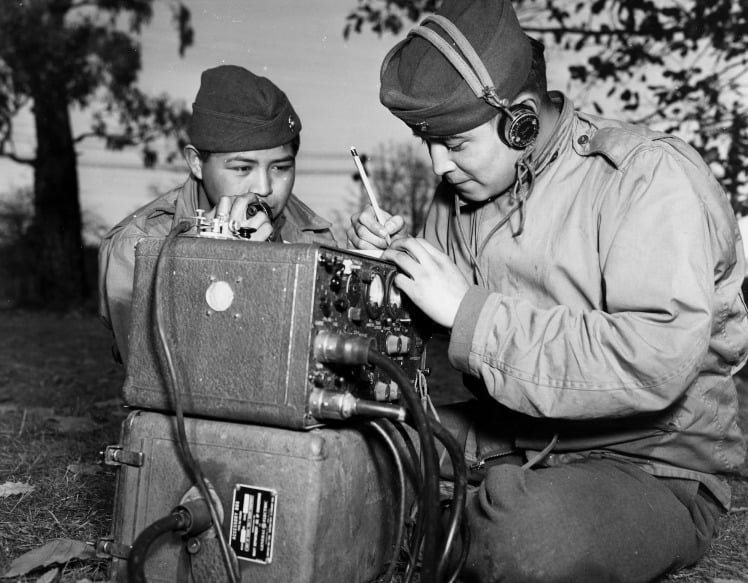
Although there were many other Native American nations of people that contributed to World War One and the Second World War, the Navajo created a deeper, more complex, and larger number of official terms used by code talkers in the Second World War.
A Newer and Complicated Code
There were several code talkers that helped in World War Two, and other Native Americans that contributed during this global war included the Hopi, Chippewa Oneida, Meskwaki, and Comanche people.
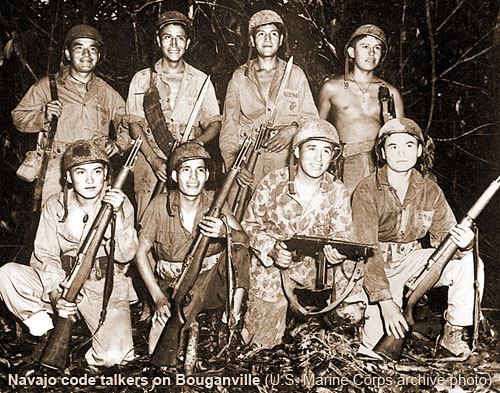
Yet, it was the Navajo who had taken code talking to an entirely higher level of sophistication and complexity.
Building More Code
The Navajo code talkers helped to create well over 600 different words and terms for coded transmission during the Pacific-Theater. Also, 250 terms and words were invented and used by code talkers during the Second World War.
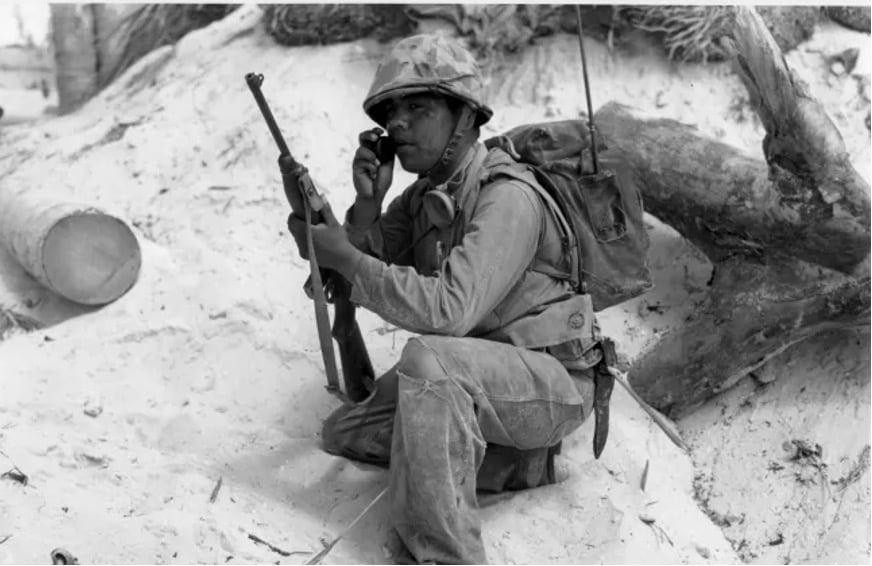
This is a tremendous increase since the First World War because only about 20 codewords or terms were used during that period.
Nationally Honored
It has been a long time since the First World War and the Second World War, and the true stories about code talkers still remain today.
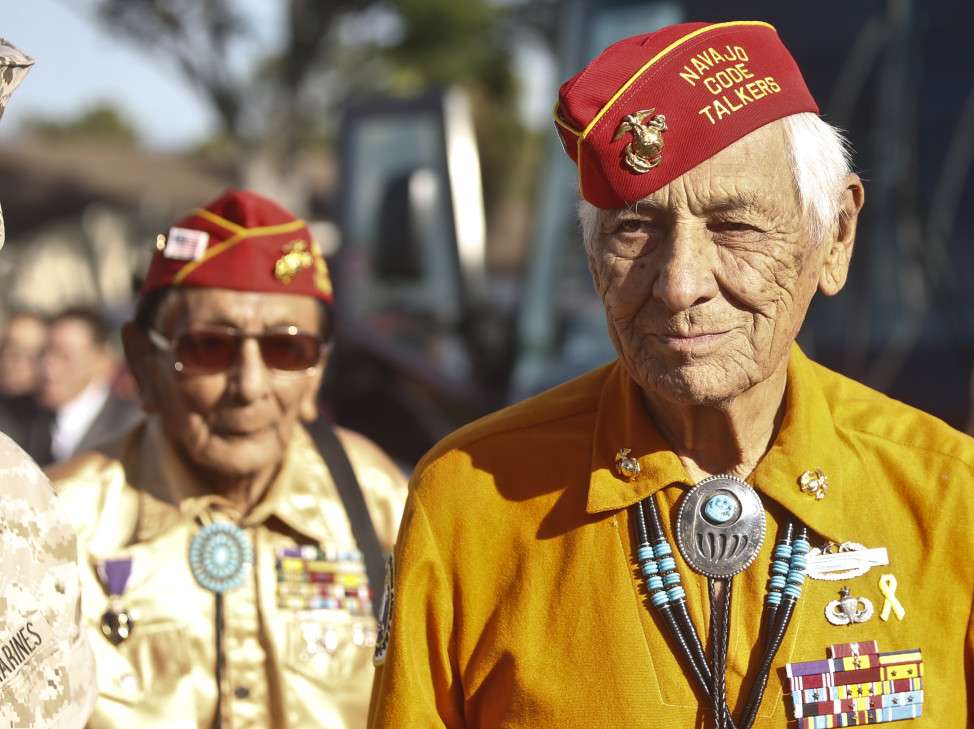
On the 13th of November 2013, in the US state of Washington, D.C. a medal ceremony had taken place to fully recognize the heroes who had spoken code during the war. There were more than thirty-three tribes that are known to speak code, and many attended this significant ceremony.
